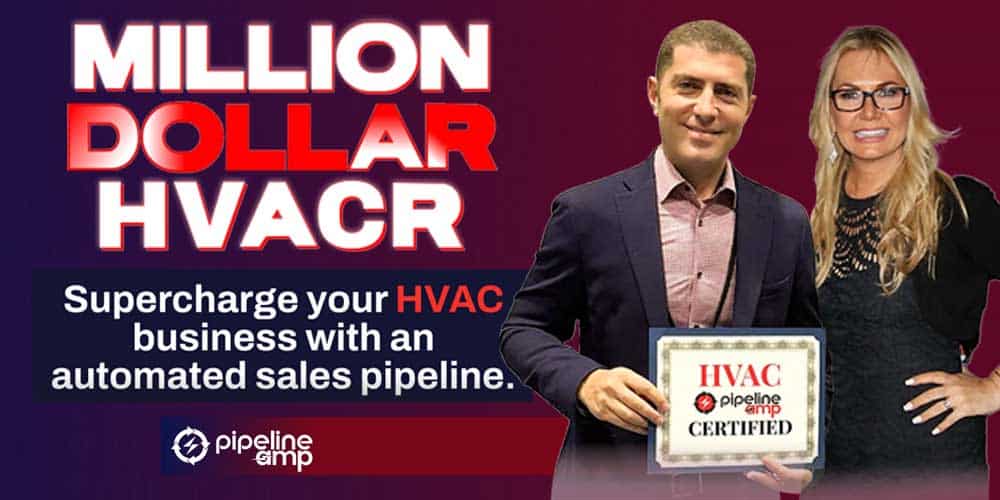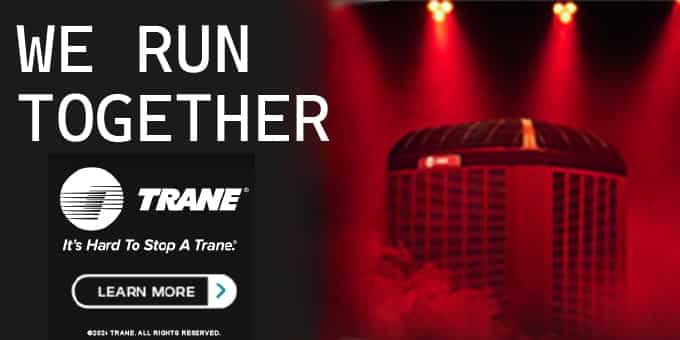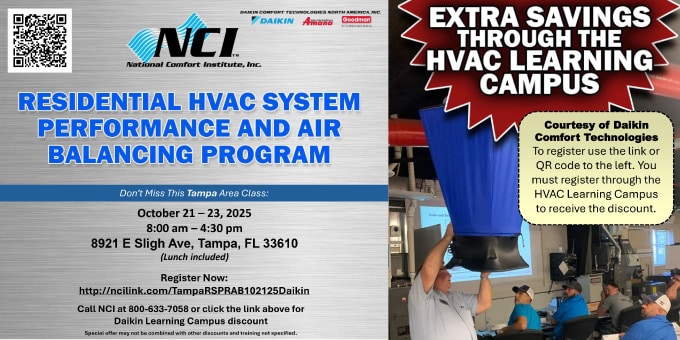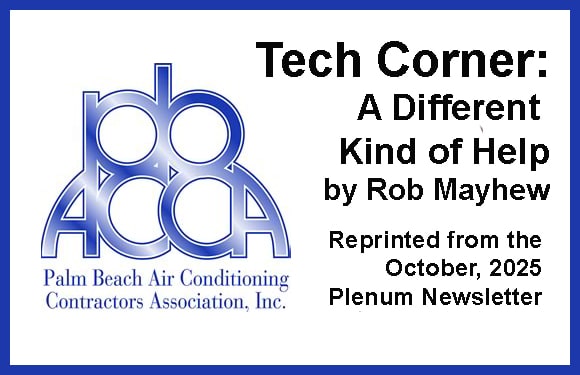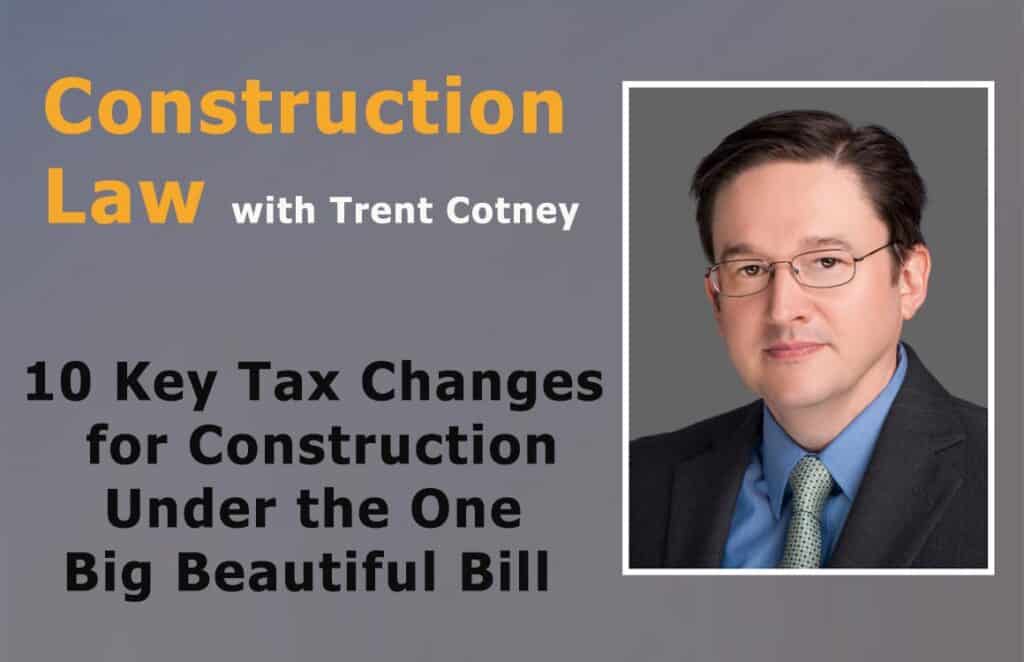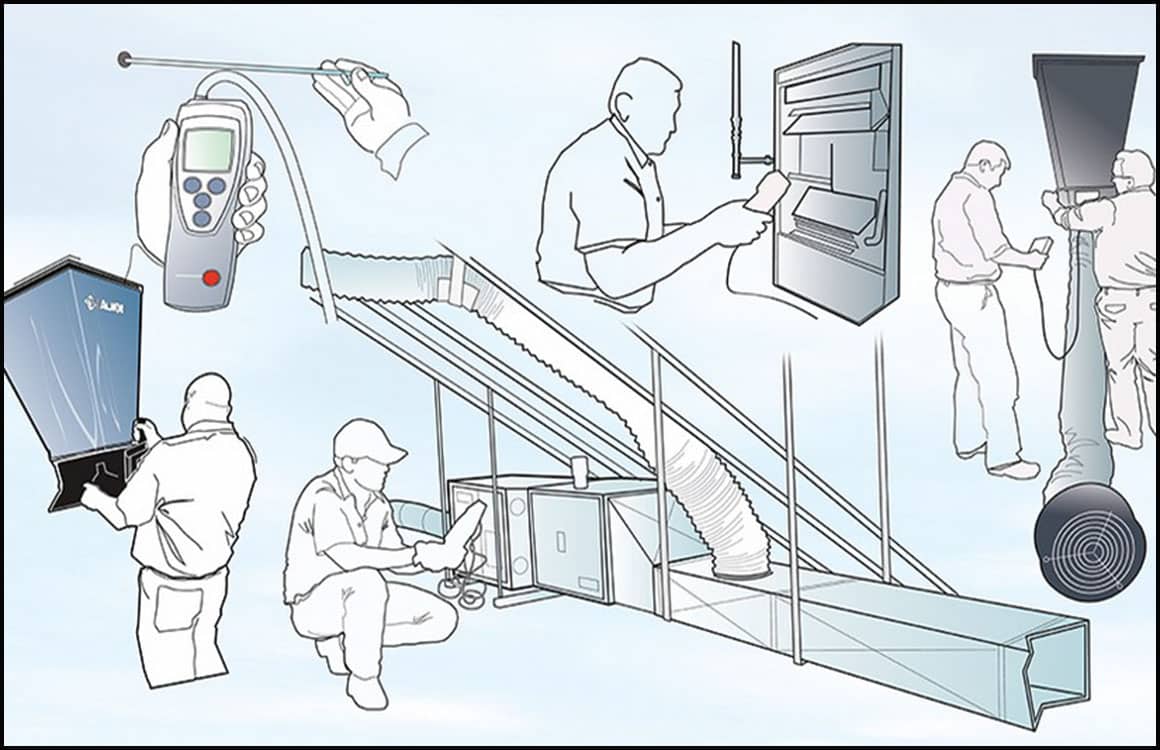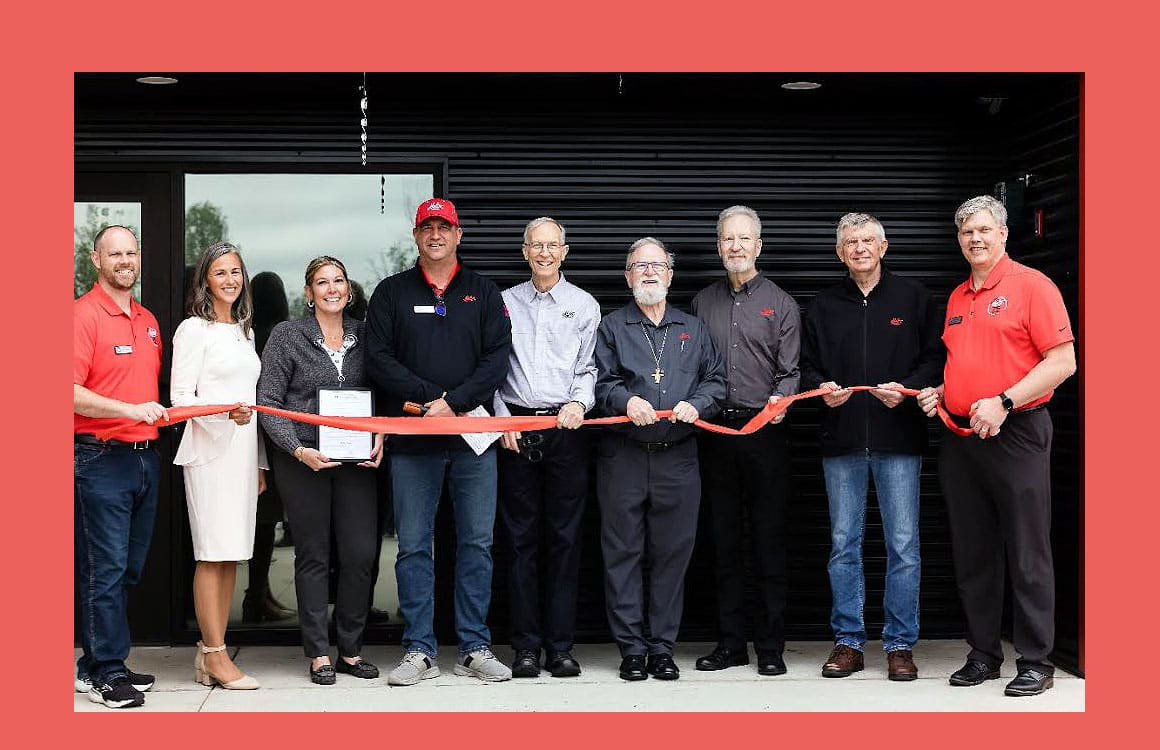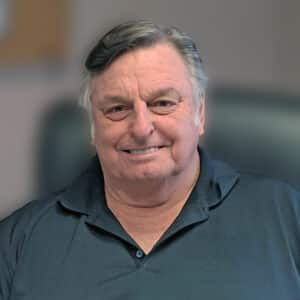
Often you hear people comparing the making of legislation with the making of sausage. While I’m sure the description is warranted, having been through the last 8 months of fighting the federal government on our refrigerant issues, with very limited success, I would have to say that at least with sausage making you get an appetizer in the end. There have been several people fighting the 454B issue for a good deal of time. Bob Cochell, Keith Martin, Doug Lindstrom, Erica Mattis and myself have been working with FRACCA’s lobbyist, Edward Briggs to make our legislators understand how bad this refrigerant issue is. To my surprise, we talked to approximately 18 of our 30 federal legislators, some of who voted yes to the American Innovation and Manufacturing Act (which is where you find this refrigerant rule), and yet they had no knowledge of the refrigerant consequences that would come along with its passage. Such is our legislative process.
So, September 8th of this year, Edward Briggs and I went to Washington for personal visits to the Congressional people and our 2 Senators as a follow up to our previous 8 months of information phone calls. Now just for some perspective, the House of Representatives works out of 3 different buildings, connected by an underground walkway. The walkway which consists of stairs, escalators, elevators and really long straight paths, is a brisk 20-minute walk from end to end. Add to this that you have to meet these people or their staff at their availability, you may, and we did, walk several times back and forth to accommodate meetings between these buildings. Edward is 37 years old. I am 72. You do the math. Somebody should buy me some oxygen. In any event we saw as many as we could in the 3 days we were there. Each time we would explain our story which started with Freon, then slowly transitioned to 410A and now to 454B, a “slightly flammable” refrigerant with very little transition time. We explained why this is terrible for the American people and their wallets considering the short supply of 454B causing large cost increases. The common question they would ask is why we would put in slightly flammable refrigerant to serve as a “bridge refrigerant” for the next 2 years so we can introduce propane (truly explosive) air conditioning to every residence in the country. When we couldn’t answer that question, ALL wanted to know how they could help.
Edward and I asked them to get with Lee Zeldon from the Environmental Protection Agency to “stay” the refrigerant portion of the AIM Act. They all agreed to request some action from the EPA. Several were interested in making a more permanent solution. What you may not realize is that a “stay” would be a temporary help. Add to that, Administrator Zeldon said it would take 8 months to possibly issue a “stay”. If we get the “stay”, the next EPA Administrator could remove the ”stay”, so we need to pass legislation to make our changes permanent. This task will be long and painstaking but the goal is the best answer for all of us. The work will be accomplished through seemingly endless discussions that will include other industries such as grocers, builders and some manufacturers. That coalition is being built as we speak. We need you to be part of the effort. Tell your legislators we need them to address this issue now. If you service their houses (as I do with 2 congressmen), explain the issue to them and stress that we need their assistance. This is your call to action. Act now and help everyone.
If you need guidance on how to communicate the message to your legislators and/or customers, reach out to Paul at pgs1953@aol.com. Yes, aol!
About Paul
Paul Stehle is the current president of the Florida Air Conditioning Contractors Association (FRACCA) and recently “retired” after a successful 50-year career as a contractor in Sarasota. Paul has served on local and statewide air conditioning contractor associations and has consistently been among the first to defend the industry when it has been threatened and been an advocate for unity, apprenticeships, professionalism and fairness. He has supported other trade associations as well, most notably the Gulf Coast Builder’s Exchange. Paul continues to be involved in the HVACR industry and his community. Stay tuned for more literary contributions.



